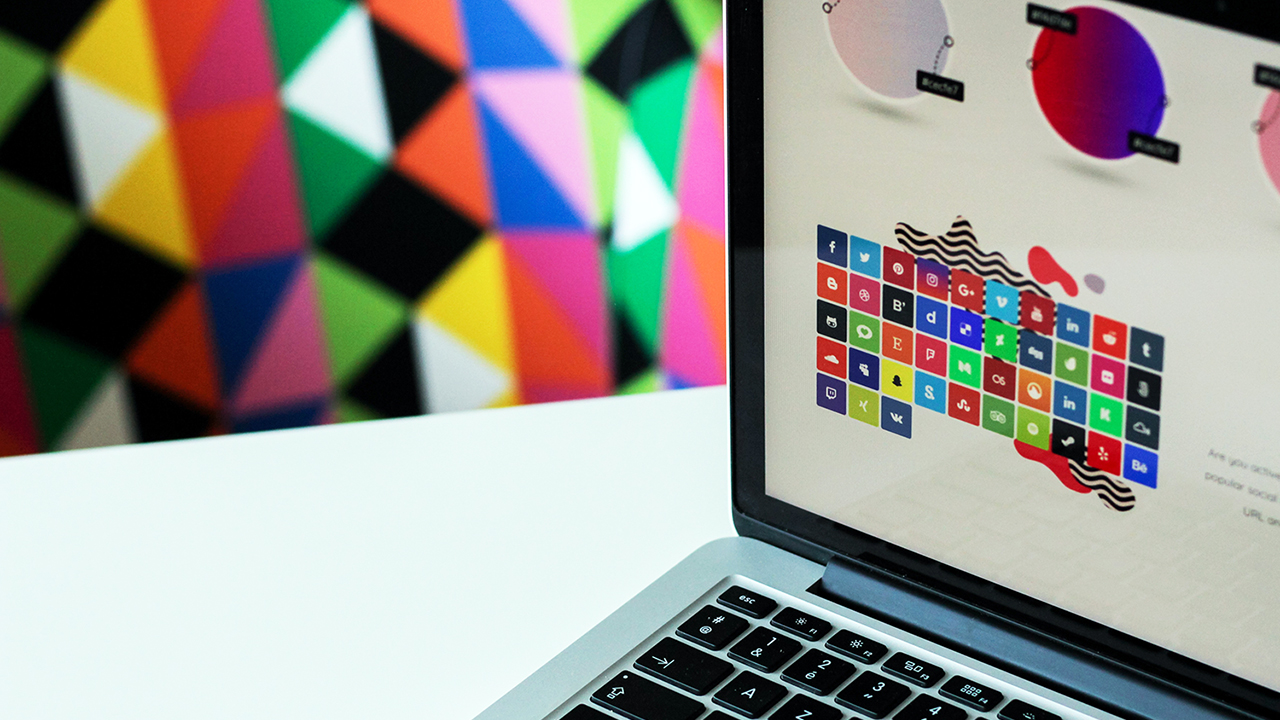Designing a Book Cover – Which Software Should You Use?
by Tom Ashford

It’s somewhat unfortunate that the first thing a potential reader sees when they come across our book is not the writing itself (not even the blurb!), but our book’s front cover. After all, it’s the one part of our book that we (often) didn’t have a hand in creating! Though hopefully connected to the characters, story or theme of our book in some way, the cover’s main purpose is to convince a potential reader to pick up our book in the first place – in some ways, it’s a form of marketing in itself.
And that makes a good book cover something of a necessity. Most writers will need to purchase one, as it’s not often that an author also has graphic design experience on their resume (let alone experience knowing what does or doesn’t work on a book cover, or the objectivity to separate themselves from the design process). But with some book cover designs setting an author back between $150 and $500, and with cheaper options (Fiverr, for example) not always providing great value for money, sometimes an author needs to put their own cover together (for the time being, at least).
But how do you even go about doing that? Or creating any of the other visual assets your book might require (3D mockups for your website, images for Facebook ads, etc.)? There are numerous pieces of software available – from the obvious and (sort of) expensive to the obscure and free. Here are just a few of the main ones.
Photoshop
Perhaps the software that most people will think of when it comes to graphic design, Photoshop is probably the “best” piece of kit when it comes to designing a book cover. In fact, this is what Stuart Bache (cover designer for Mark Dawson and Stephen King, to name just a couple) uses in his Cover Design for Authors course. To follow along with his techniques and methods, it’s definitely beneficial to utilise the same piece of software (the methods are largely the same across other softwares, but believe me: they’re not always so intuitive).
Photoshop is great for creating pretty much anything, particularly if coupled with other apps in the Adobe Creative Cloud suite (though to design book covers, ad images, etc., you’d only need Photoshop). It’s not particularly hard to use, either – which might come as a surprise, given that it’s basically the industry standard (of course, making a book cover is on the “easier” end of the graphic design spectrum). You can manipulate images, cut parts of them out, merge things together, and use fonts – creating everything from flat text to bulky, metallic signs. It’s also the best for creating 3D mockups, in my opinion. Because it allows for ‘smart objects’, you can add your book’s cover to an existing 3D template by doing nothing more than double clicking on the template’s cover, then dropping your own cover onto the template.
There used to be a bit of a barrier to entry – Photoshop used to cost an arm and a leg (it is professional software, after all). But now Adobe have moved to a subscription model for their applications, and Photoshop CC 2019 can be licensed for only £9.99 a month. There is a cheaper alternative with a one-off payment, however.
Affinity Photo
If you don’t have Photoshop, Affinity Photo may be the next best thing. It has pretty much all the same features as Photoshop, and, if you get good enough at it, you can achieve much the same results. There are only two downsides, from my experience: it’s harder to get to grips with at first if you’re used to Photoshop, and it doesn’t allow for ‘smart objects’. This means that creating a 3D mockup of your book can be pretty difficult – you can still create a 3D image yourself, but that’s a lot more work than just swapping out a template’s cover image for your own.
On the plus side, it’s a lot cheaper in the long run. It’s normally £48.99, but there are regular sales which bring it down to £38.99. They also sell a book on how to make the most of the software, and that’s often under £30 itself. That’s a one-off costs, remember: if you use it for 4 months, you’re already saving yourself more money than you would with Photoshop.
GIMP
Stop sniggering. GIMP stands for GNU Image Manipulation Program. It’s a cross-platform image editor available for Linux, Mac OS X and Windows. More importantly, it’s entirely free; you can change the source code and even distribute your ‘updated’ version afterwards. That means loads of people have developed plugins which you can utilise (also for free). It’s a very professional bit of kit, but I’ve heard that it’s not the most intuitive to use – given that it’s open source and not as commercial as the other options, you might find it harder to discover tutorials on YouTube.
All that said, it’s a comprehensive piece of graphic design software, and unlike the previous two options, it’s completely free.
Canva
Here’s another completely free option. Canva is possibly the easiest to use if you’re new to graphic design, but it’s also by far the most limiting. You can upload your own images, but there’s only so much editing you can do to them – it’s more like applying an Instagram filter than proper graphic design. That being said, it’s simple to add text and put together Facebook ads – if you’re looking for something quick, easy-to-use and functional, then Canva will do the job.
Ultimately, the best choice is to go with a professional who will ensure that your cover not only looks good, but fits its purpose: attracting the right readers to your book. But if investing in a professionally-designed cover isn’t an option, then you’re going to need the tools to get as close as you can yourself. In that case, a lot of practice using Photoshop is probably the best way forward, with Canva being the easy choice if money isn’t an option.

Tom Ashford
Tom Ashford is a professional copywriter, author of numerous dark fantasy and sci-fi novels, and the Head of Content at the Self Publishing Formula Blog. His books include the Blackwater trilogy and the Checking Out series.
He lives in London with his wife, in an apartment that doesn’t allow pets. Find out more about Tom here.
Grab Your SPF Freebies!
Sign up to receive your SPF starter package, which includes a free 3 part video series on getting started with FB ads, and inspirational and educational weekly emails.

